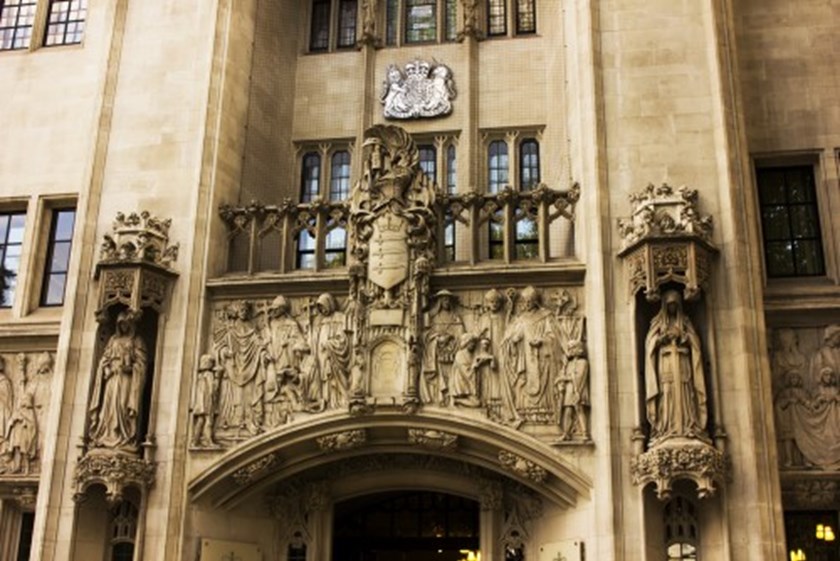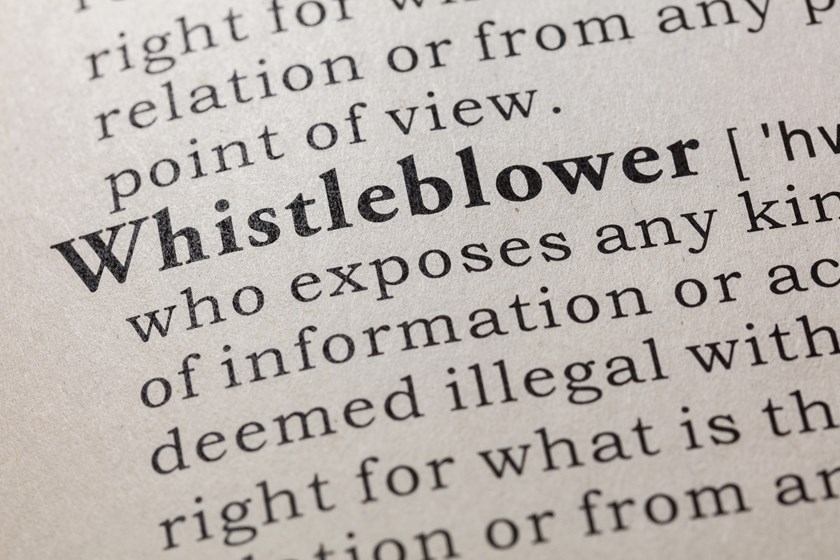Preventing workplace sexual harassment: a reminder of resources for employers
Blog

We have written extensively about sexual harassment in the workplace. In light of the new duty to take reasonable steps to prevent sexual harassment in the workplace coming into effect in October 2024, we thought it would be useful to provide a reminder of our main guidance on responding to allegations of sexual harassment and the steps employers can take to reduce the risk.
Tackling sexual harassment in the workplace
In 2021, The Fawcett Society published a highly detailed report ‘Tackling sexual harassment in the workplace’. The report’s recommendations remain relevant today and contain genuinely useful and practical suggestions for all employers.
In this article, Maria Strauss examines the five key requirements for creating a workplace that does not tolerate sexual harassment, including culture change, policies, training, reporting and employer responses.
Immediate steps to take when a worker alleges harassment
How an employer responds to a disclosure of harassment in the first few hours and days is crucial to reassuring those involved (the accused included) that the matter is going to be handled properly, and should reduce issues further down the road. It is also key to creating a culture where people believe that complaints will be listened to.
Sophia Coles outlines how employers can respond properly at the very beginning of cases of sexual harassment.
Workplace investigations: lessons and recommendations
A fundamental part of ensuring a proper response to sexual harassment allegations is conducting a full and proper investigation, which is fair for all parties.
Our workplace investigations team, headed by Kathleen Heycock and Maria Straus, regularly publish briefings on conducting investigations into sexual harassment and other workplace misconduct. In this article, they consider some of the common issues that can make for a poor investigation, along with recommendations for getting the procedure right.
Creating safer workplaces
As well as responding to any allegations of sexual harassment properly, it is equally important is to take steps to take reduce the risk of it occurring. A good culture is critical, in which the values of a business are clear and ‘lived’ at each level of an organisation.
In this blog, Maria Straus discusses the importance or workplace culture, and the measures which employers can take to create a safe and inclusive workplace for all employees.
Sexual harassment: a safeguarding perspective
Farrer & Co’s Safeguarding Unit is at the forefront of advising organisations to ensure in so far as is possible the safety and wellbeing of children and adults in their charge. Our experience in this area gives us unique insight into how offending, and by extension sexual harassment, can arise and the questions organisations should be asking to avoid it.
David Smellie, Head of our Safeguarding Unit, discusses the lessons that can be learnt from a safeguarding context which can be applied in the protection of adults from sexual harassment, be they employees, self-employed or volunteers.
Creating an EDI strategy
Many of our blogs emphasise the importance of clear and comprehensive workplace policies in order to tackle sexual harassment at work. An employer’s EDI (Equality, Diversity and Inclusion) policy is important in shaping the culture and values in an organisation and sending a clear message that sexual harassment of any sort will not be tolerated.
These two blogs focus on implementing an effective EDI strategy and ensuring it is fully embedded via regular training.
Creating an effective EDI strategy
Equality and diversity training best practice
What next for the prevention of sexual harassment in the workplace?
On 27 October 2024, the new Worker Protection (Amendment of Equality Act 2010) Act 2023 comes into force. This will introduce a duty on employers to take reasonable steps to prevent sexual harassment of their employees in the course of their employment, and will give employment tribunals power to uplift compensation by up to 25 per cent if an employer fails to do so.
Alice Parker explains the new duty and outlines steps employers can take both to reduce the risk of sexual harassment at work and to respond when allegations arise. We hope that this and the other articles outlined here will provide useful guidance to assist employers with tackling both of these steps.
This publication is a general summary of the law. It should not replace legal advice tailored to your specific circumstances.
© Farrer & Co LLP, May 2024





